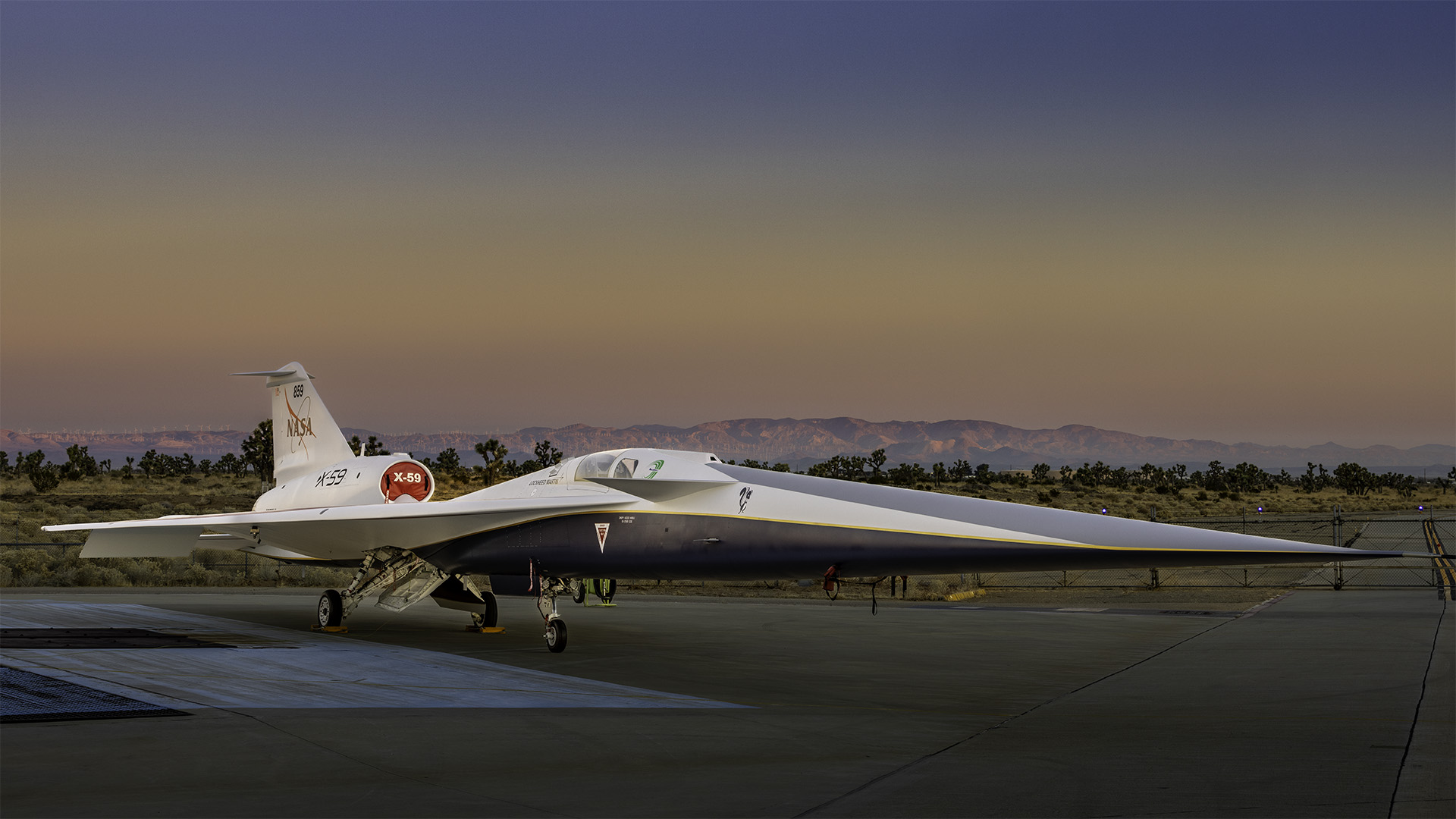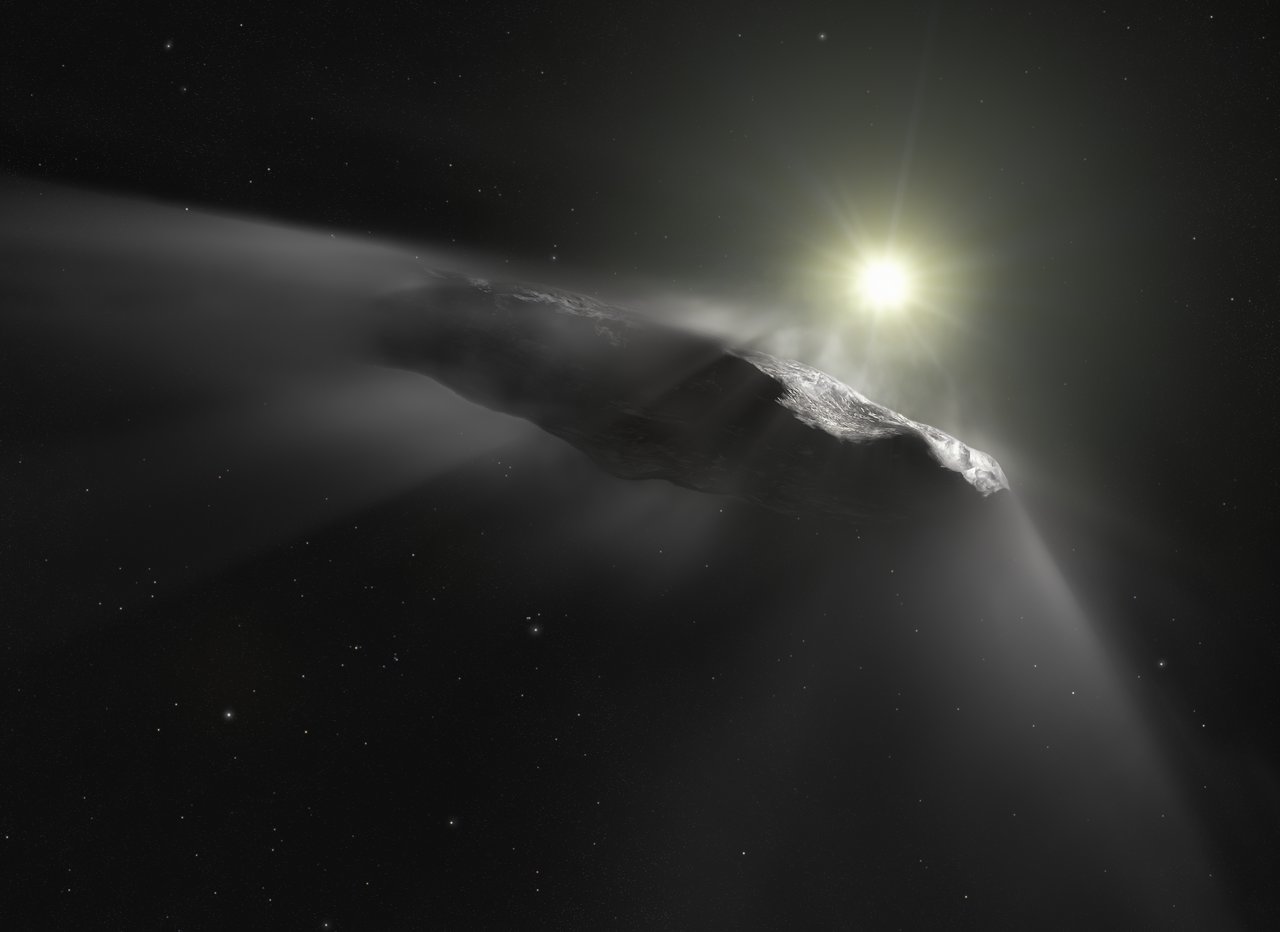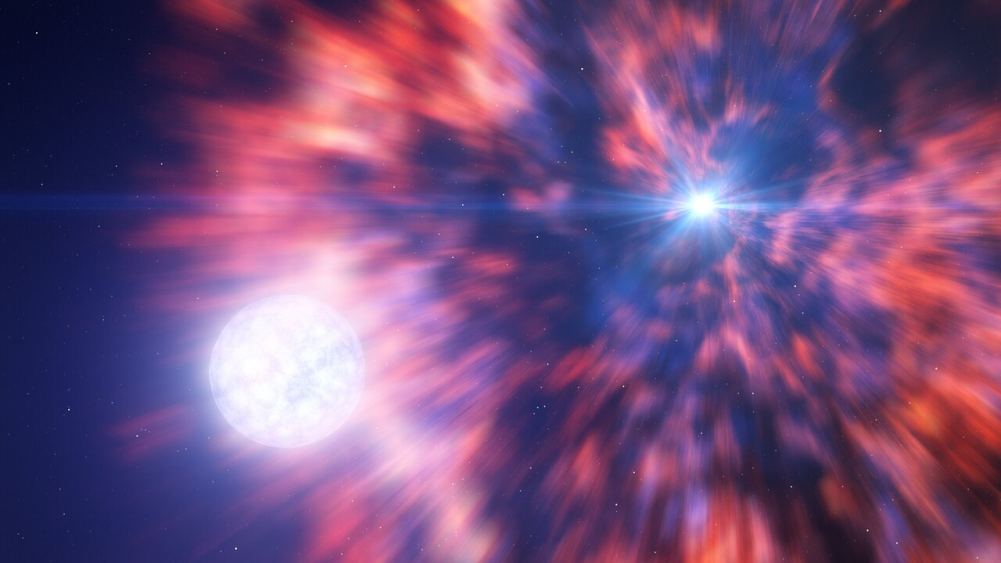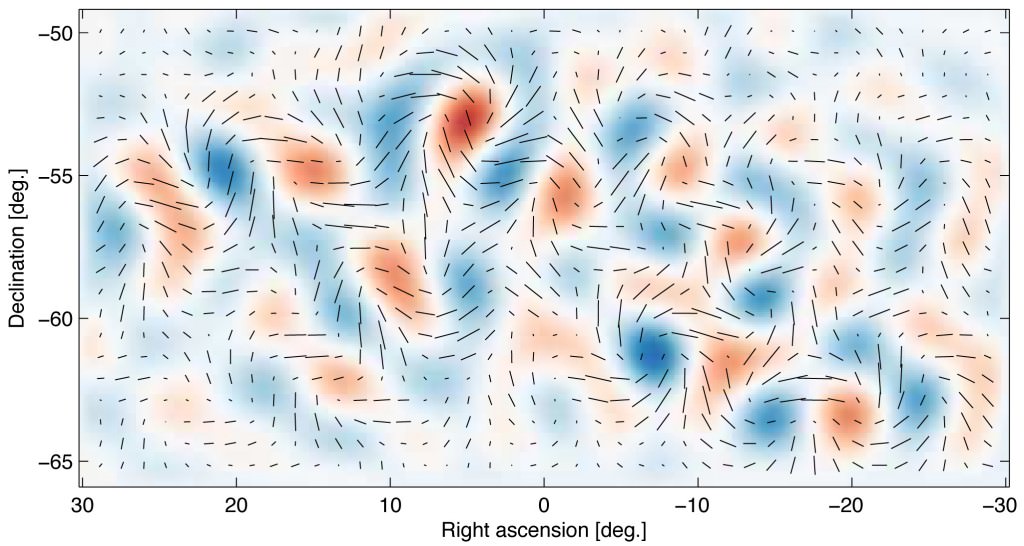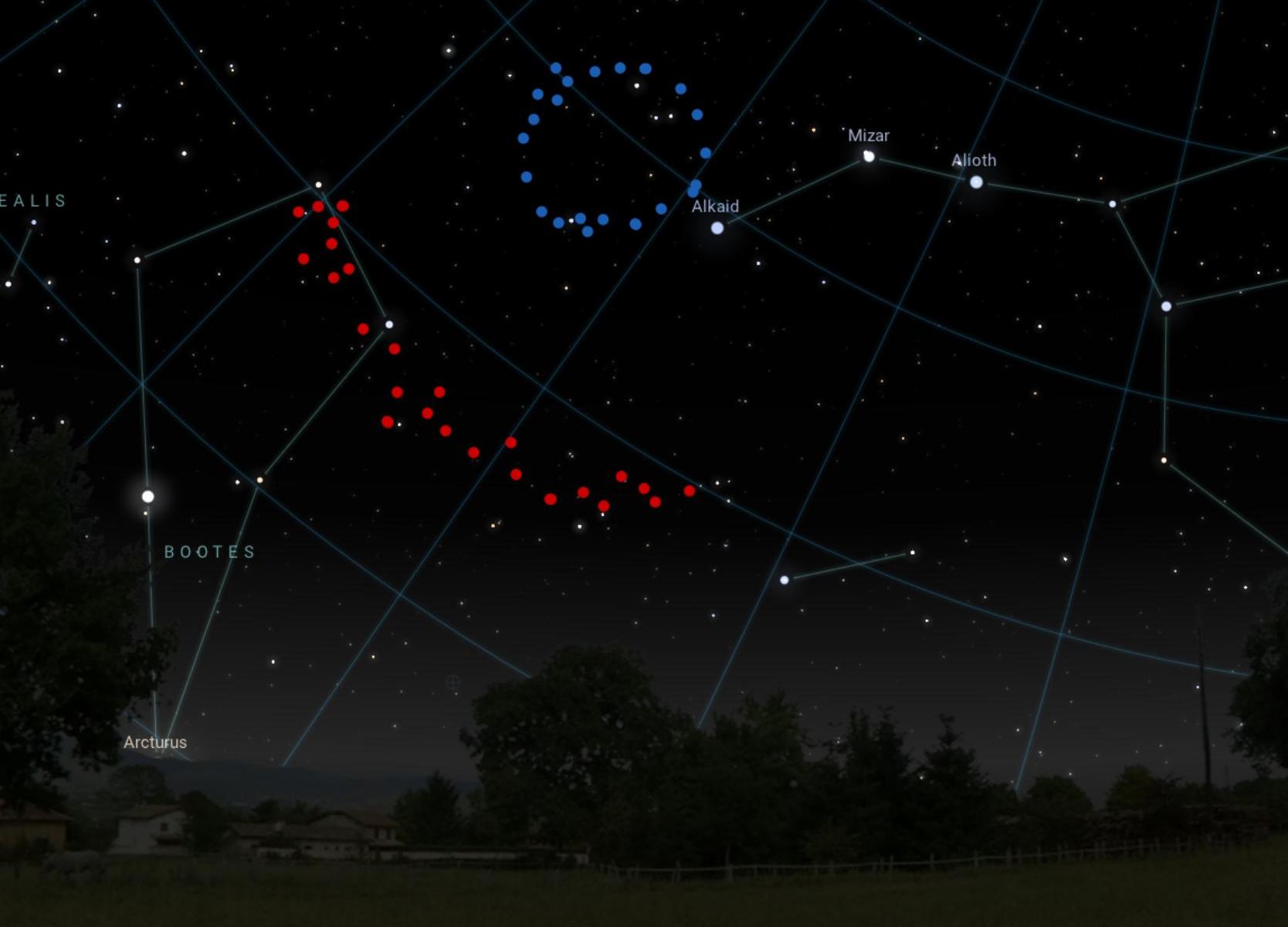The multiverse may be a cool (and convenient) concept for comic books and superhero movies, but why do scientists take it seriously?
In a new book titled “The Allure of the Multiverse,” physicist Paul Halpern traces why many theorists have come to believe that longstanding scientific puzzles can be solved only if they allow for the existence of other universes outside our own — even if they have no firm evidence for such realms.
It’s easy to confuse the hypotheses with the hype, but Halpern says there’s a huge difference between the multiverse that physicists propose and the mystical realm that’s portrayed in movies like “Doctor Strange in the Multiverse of Madness.”
“Some people accuse scientists of trying to delve into science fiction if they even mention the multiverse,” Halpern says in the latest episode of the Fiction Science podcast. “But the type of science that people are doing when they talk about the multiverse is real science. It’s far-reaching science, but it’s real science. Scientists are not saying, ‘Hey, maybe we can meet another Spider-Man and attack Kingpin that way.'”


